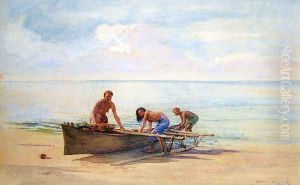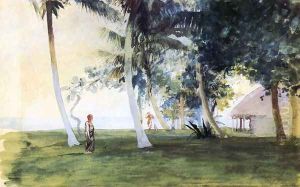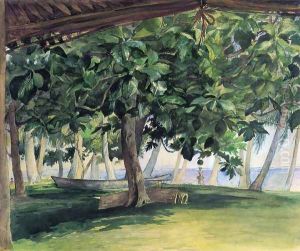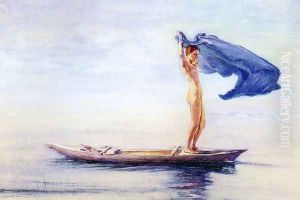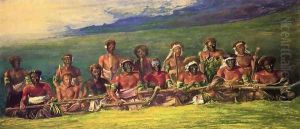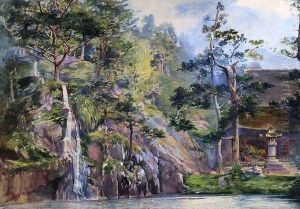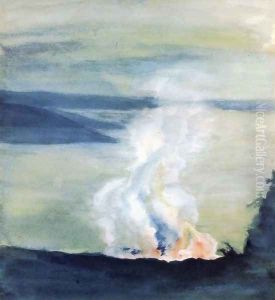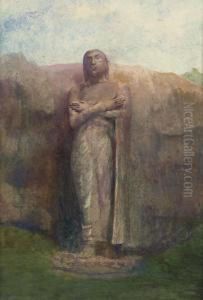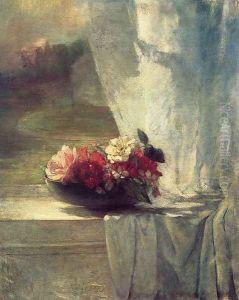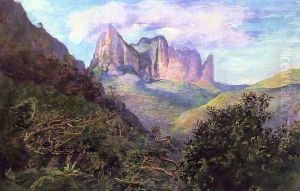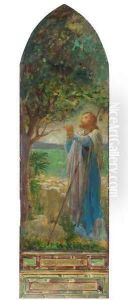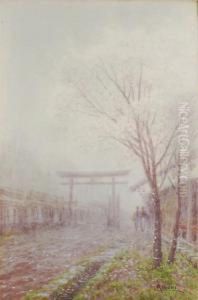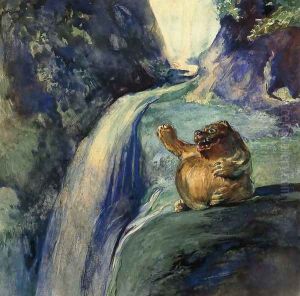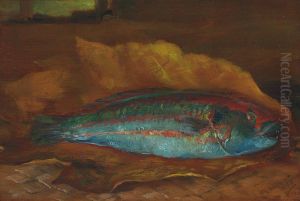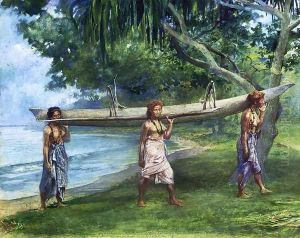





Girls Carrying A Canoe Vaiala In Samoa 1891 Portraits Of Otaota Daughter Of The Preacher And Our Next Neighbor Saikumu The First Girl Is Faaifi
-
About Reproduction
Discover the allure of art with our faithful reproduction of "Girls Carrying A Canoe Vaiala In Samoa 1891 Portraits Of Otaota Daughter Of The Preacher And Our Next Neighbor Saikumu The First Girl Is Faaifi", originally brought to life by the talented John La Farge. Unlike posters or prints, our hand-painted oil painting breathes an unique sense of depth and texture into your space. Every detail, every stroke, and every texture is meticulously recreated, paying the perfect homage to John La Farge and his artistic vision.
Owning this piece is more than just decoration - it's a statement of your refined taste in art. Let the vibrant colors and intricate details of this replica serve as a daily reminder of the beauty in our world. Elevate your decor and appreciate the richness of art with our replica of this masterpiece.
-
Painting Description
"Girls Carrying a Canoe, Vaiala in Samoa, 1891; Portraits of Otaota, Daughter of the Preacher, and Our Next Neighbor, Saikumu; The First Girl is Faaifi" is a watercolor painting by the American artist John La Farge, created during his travels in the South Pacific. This artwork, dated 1891, is a testament to La Farge's interest in the diverse cultures and landscapes he encountered during his voyages. The painting is notable for its ethnographic and artistic significance, capturing a moment in the daily lives of young Samoan women with a level of detail and sensitivity that reflects La Farge's keen observational skills and his appreciation for the beauty of the local environment and its inhabitants.
The painting features three young Samoan girls, identified as Otaota, Saikumu, and Faaifi, engaged in the communal task of carrying a canoe. Otaota, the daughter of a preacher, and Saikumu are portrayed with a sense of individuality and character, which is a hallmark of La Farge's portrait work. The inclusion of their names and familial connections in the title underscores the personal nature of the work and La Farge's connection to the people he met.
John La Farge (1835–1910) was an influential figure in American art, known for his contributions to the fields of painting, stained glass design, and writing. His travels to the South Pacific in the late 19th century were part of a broader trend among Western artists seeking inspiration and a sense of the 'exotic' away from industrialized society. The works he produced during this period, including "Girls Carrying a Canoe, Vaiala in Samoa, 1891," are valuable for their cross-cultural representations and for the light they shed on the perceptions and interactions between Western artists and the cultures they encountered.
This painting is not only a visual record of Samoan life at the time but also an example of the cross-cultural exchanges that occurred during the era of exploration and colonialism. It reflects the complexities of representation, as La Farge's work is both a product of its time and an effort to authentically document and celebrate the culture of Samoa. The artwork is held in high regard for its contribution to the understanding of Pacific Islander culture in the context of art history and for its exquisite execution that showcases La Farge's mastery of the watercolor medium.
-
Lead Time & Shipping
When you order this oil painting replica, it typically takes 2-3 weeks to paint. If the artwork is more complex, it might need a little more time to ensure the best quality. Once it's ready, we'll send you a photo for your approval. After you give the green light, we'll ship it to you for free.
-
Return & Refund
We believe in the quality of our hand-painted oil painting reproductions, and your satisfaction is our priority. If for any reason, you are not completely satisfied with your purchase, we offer a 45-day return policy. You can return your artwork within 45 days of receipt and receive a full refund. Please note that the artwork must be returned in the original packaging and in the same condition as it was received.





